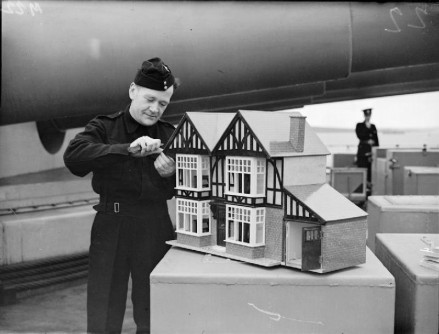How far should we be prepared to go in blurring the lines between philanthropy and government?
In February the University of Southern California Center on Philanthropy and Public Policy held its 2016 National Leadership Forum on the topic of “Philanthropy and Government: Public Problem Solving at the Intersection.” Two hundred thirty philanthropists, policy leaders, consultants, and scholars came together in Los Angeles to talk about topics like impact investing, community development, immigration, charter schools, and the Affordable Care Act.
Center on Philanthropy and Public Policy director Dr. James Ferris started out the forum with a series of questions: "What are the roles for philanthropy and government and their partners? How are these new roles challenging the conventional wisdom? What are the rules of engagement? What drives the sectors to forge these new arrangements? What does success look like? And what are the downsides?"
These are questions worthy of deep consideration. Today there’s a growing belief in philanthropic circles that every sector needs to be in the conversation about how to solve problems. “In the old paradigm, government, civil society, and business each acted primarily in their own sphere and each role was independently defined,” said Monica Lozano of U.S. Hispanic Media and the Aspen Institute at the conference. “But in this new world of change and rapidity, the need to adapt requires collaboration. With the blurring of traditional roles, we’re seeing new hybrid organizations starting to emerge…no one entity has the capacity to move the dial alone; we need philanthropy, government, and the private sector to all come together collaboratively to seek solutions.”
How far should we be prepared to go in blurring the lines between philanthropy and government? A panel of foundation CEOs offered suggestions about the possible parts that philanthropists can play in relation to government.
One role for philanthropists suggested by Detroit-based Kresge Foundation CEO Rip Rapson is to take leadership roles that encourage both the public and private sectors to follow. Large foundations can attract other investors or stakeholders to get involved in a worthwhile initiative. In what became known as the Detroit “Grand Bargain,” Kresge contributed to an $816 million fund in the fall of 2014 to resolve the City of Detroit’s bankruptcy, maintain the city’s retiree pensions, and preserve the Detroit Institute of Arts. Rapson described the part that his foundation played in the revitalization of Detroit, "making the kinds of investments in the public realm that would signify back to the marketplace that Detroit was an investable proposition.” By attracting other resources to the table, Kresge’s leadership had a multiplying effect.
A second possible role for philanthropists is not to partner with government, but to push for reforms of government. "The contribution philanthropy can make to most big problems is pretty modest at best," said William and Flora Hewlett Foundation President Larry Kramer. "The fact is that markets and government are going to have to take care of most of the problems we have." Thus, said Kramer, the Hewlett Foundation has set out to "fix Congress" through its Madison Initiative to promote better Congressional deliberation of the big issues facing the country.
Of course, there’s nothing new about philanthropic aspirations to influence policy discussions. Philanthropists of the left, right, and center have long funded advocacy organizations, think tanks, and conferences with the hope of influencing the landscape of policy ideas in one way or another. What sets the Madison Initiative apart, according to a 2014 Hewlett Foundation press release, is that it “is unequivocally agnostic on particular policy outcomes outside of democracy-enhancing reforms. The Initiative is based on the premise that the health of a representative democracy is measured not by whether any particular policy is adopted, but by whether its institutions are working in ways that most people find acceptable.”
A third possible role for philanthropy is to join with government in fixing the structural problems of society, problems that are bigger than any one place, bigger than the capacity of any one institution to address, and consequently calling for massive combinations of resources. "We believe in assisting government, not for the sake of assisting government, but to help our government address structural inequality in our nation," said California Endowment CEO Robert Ross, "That's the fight of our time. And for philanthropy, you have to ask yourself, are you in that fight or not?" As Ross frames it, government is the lead entity, and philanthropy plays a support role.
So, are foundations best suited to take a leadership role like the Kresge Foundation in Detroit, to take an assistance role like the California Endowment in response to problems of structural inequality, or to take a reform role like the Hewlett Foundation’s Madison Initiative? Or are all of these approaches valid?
The conservative philanthropist or policymaker will proceed with caution, particularly with regard to Robert Ross’s formulation, where philanthropy is expected to simply follow the lead of a government whose track record in massive-scale human service investments—the War on Poverty, for example—has been less than encouraging.
But there should be room to accommodate the evolution of government and philanthropy in an age of rapid change. The goal should be to strike the right balance, and when the outlines and outlooks of markets, civil society, technology, and communications are changing, government and philanthropy can be expected to adapt. It’s a conversation worth continuing.






